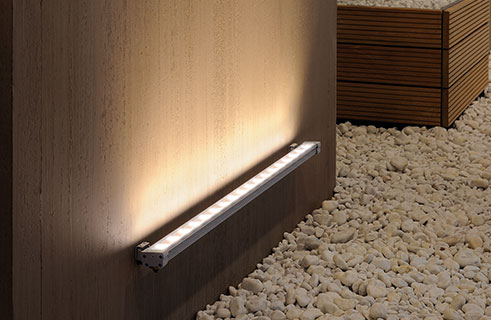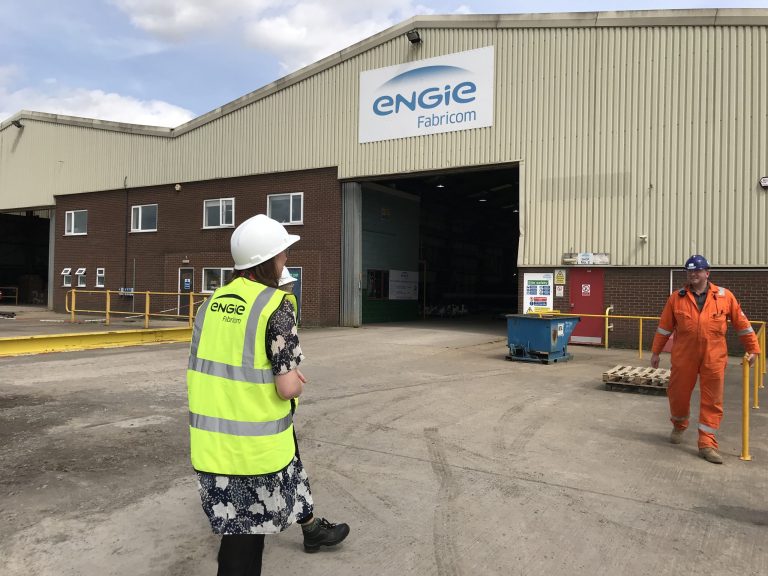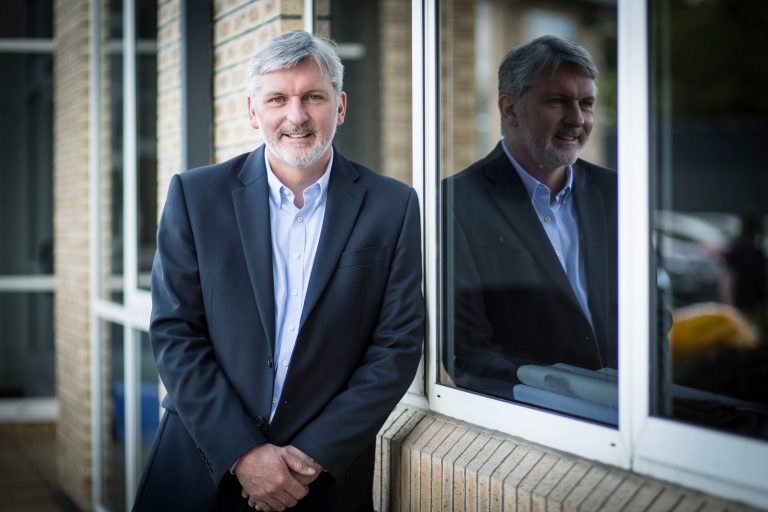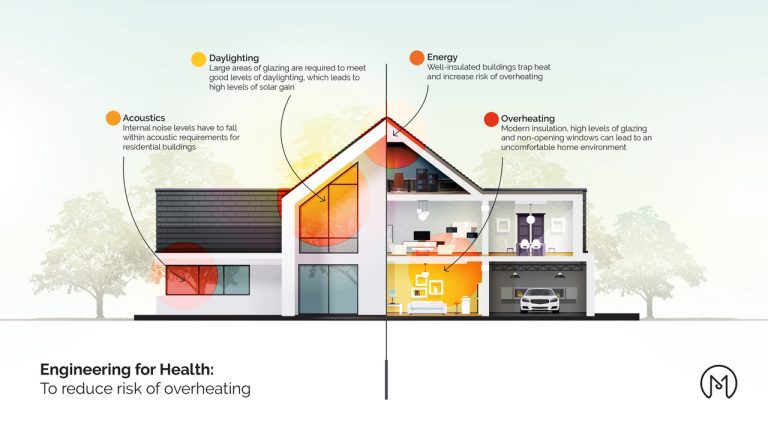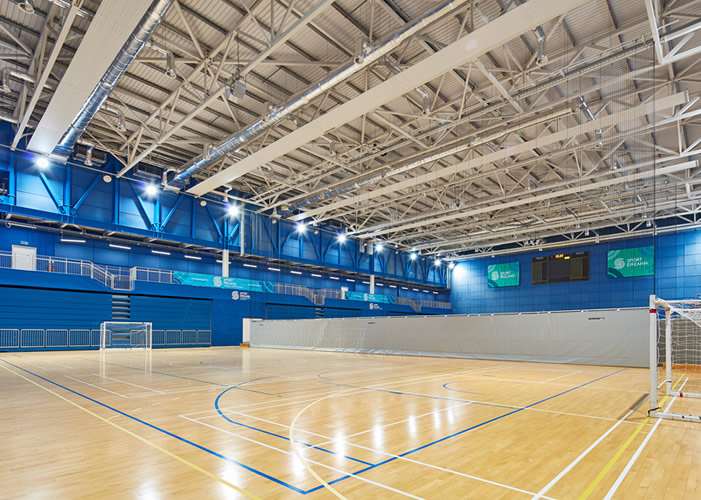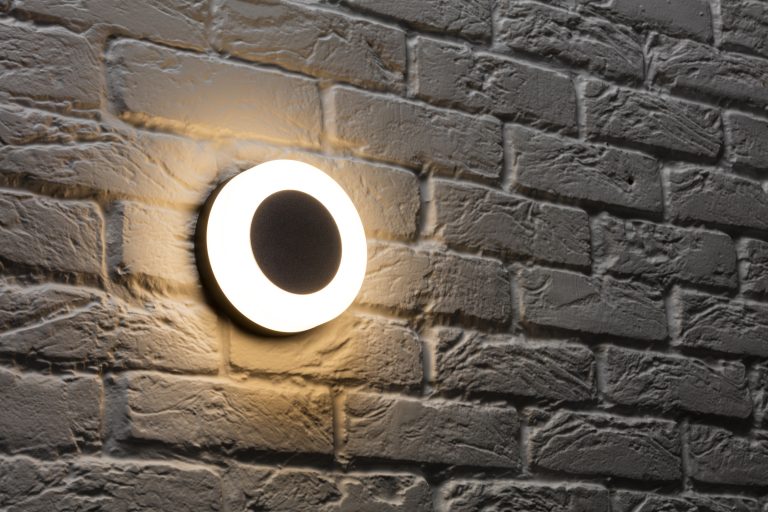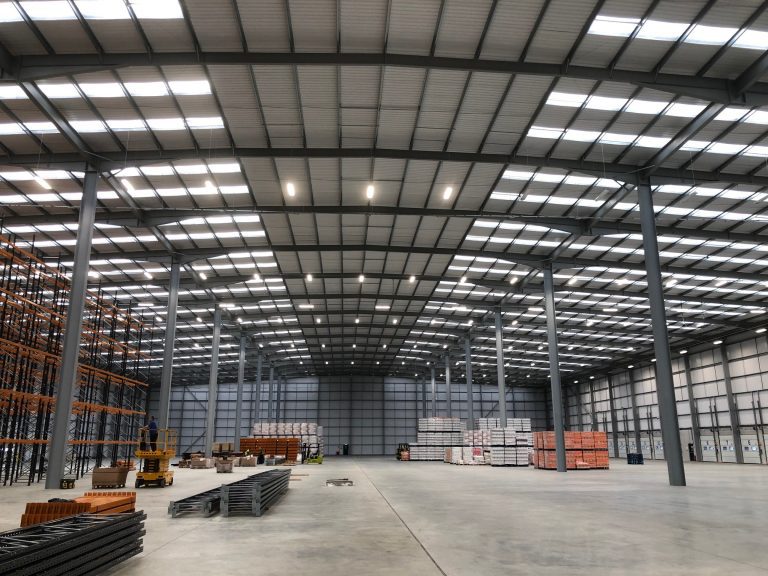UK homeowners seeking to improve the security of their homes to feel safer and add value to properties can look to simple tips from home improvement experts. From upgrading doors and windows, to having a protected location for post and parcels, the team at Stormclad have compiled a list of five suggestions for making your home safe and secure for the future. John Evans, managing director at Stormclad, said: “Security is always a top priority for any homeowner and given the present circumstances we are all spending more time indoors. Being at home more does not necessarily mean your property is safer from burglars, and our changing living habits present more opportunities for trespassers to take advantage of, such as the increase in parcels being delivered to homes and obvious improvements made to enhance kerb appeal and improve front and back gardens. “Now is a good time to ensure your home is as safe as it can possibly be, as well as thinking of the value that home improvements can add to your property, should you choose to put your home on the market in future. “As home experts, we have compiled a list of simple tips that homeowners can consider when making plans to increase the security of their properties. Our suggestions include easy changes to the interior and exterior of homes, such as ensuring parcels are left in a safe location and homes are well lit up at night. Other changes that can be made to the home include reinforcing entry points with strong, reliable windows and doors to prevent forced entry.” Here is the list of five home security improvement tips: 1. A place for post and parcels The closure of many high street shops and businesses means that, now more than ever, people are turning to online shopping to purchase everything from food and white goods to garden and DIY equipment. The rise is ecommerce since the COVID-19 pandemic began has been sharp, with many admitting they shop online frequently and will continue to do so at the same rate or higher post-lockdown.* As more people switch from shopping trolleys to their devices, it’s important to consider the implications of receiving an influx of parcels through the post that are often left outside the home, if homeowners are out or unable to answer the door. Having a safe place to receive post and packages, such as a secure lockable parcel box, is a good idea to avoid opportunists who may be looking to take advantage of the increase in parcels left outside homes. Remember to be cautious when recycling or disposing of packaging materials, letters and envelopes, too, if they have your name, address or other personal details on them – they may be a prime target for anyone looking to commit identity theft. 2. Improving front and back doors Though homeowners are spending more time than ever in their homes this year, the risk of burglary and theft is still a threat to be wary of – old, weak doors with poor locking systems are an easy target for burglars, so upgrading entry points in your home will help to ensure it remains secure. Not only that but choosing to upgrade your property with new front and back doors, patio, sliding or bi fold doors will improve both the aesthetic and security of your home. Choosing quality doors for your home will also improve the property’s heat retention, potentially helping to save money on energy bills, keeping you warm and cosy while you spend more time indoors, especially during the winter months. Be sure to choose doors that feature multi-point locking systems and meet British security standards, to give you peace of mind. 3. Secure windows Installing new windows is a worthwhile investment that will not only improve the security of your home, but will also enhance its thermal performance. Choosing windows that have shatter-proof laminate glass, internal beading and effective security locking systems offer a protective barrier to the exterior of your home. Window locking systems such as Twin-cam Security Locking (TSL) have up to eight locking points with adjustable twin-cams offering even greater security against burglary. For all sash window locks and other window security locks, it is important to ensure the parts themselves are resistant, designed for purpose, and compliant with British standards like PAS24. 4. Keeping valuables safe Opportunists may seek any opportunity to steal valuables from your home, so be cautious as to where you store expensive items. Having expensive technology visible from the street could make your home a target and while burglars may stay away because they know homeowners are likely to be at home, they may earmark your property for a later date once you have returned to work. This goes for valuables in your garden too – if you, like many, improved your outside space over the summer months with items such as furniture, a barbecue, fire pit, or even plants and flower pots, make sure these are kept in a safe place over winter to prevent them from being stolen. Ensure that keys are kept in a safe place too, never leave in locks and always keep away from the letterbox, as intruders will often try to retrieve them with a hook device to open the door. 5. Exterior lights and alarm systems For added safety, particularly during the darker winter months, it is helpful to have exterior lights around your home that have a sensor triggered by movement – this will often deter anyone looking to break into your home, garage or garden shed at night. For a more robust level of home protection invest in a visible alarm system. There are plenty of comprehensive alarm systems on the market but installing one will send a clear message to potential intruders that your home is not an easy target. To ensure complete peace of mind, always check that installations and home improvements are completed to the highest standard by a reputable company with full accreditations and that you
